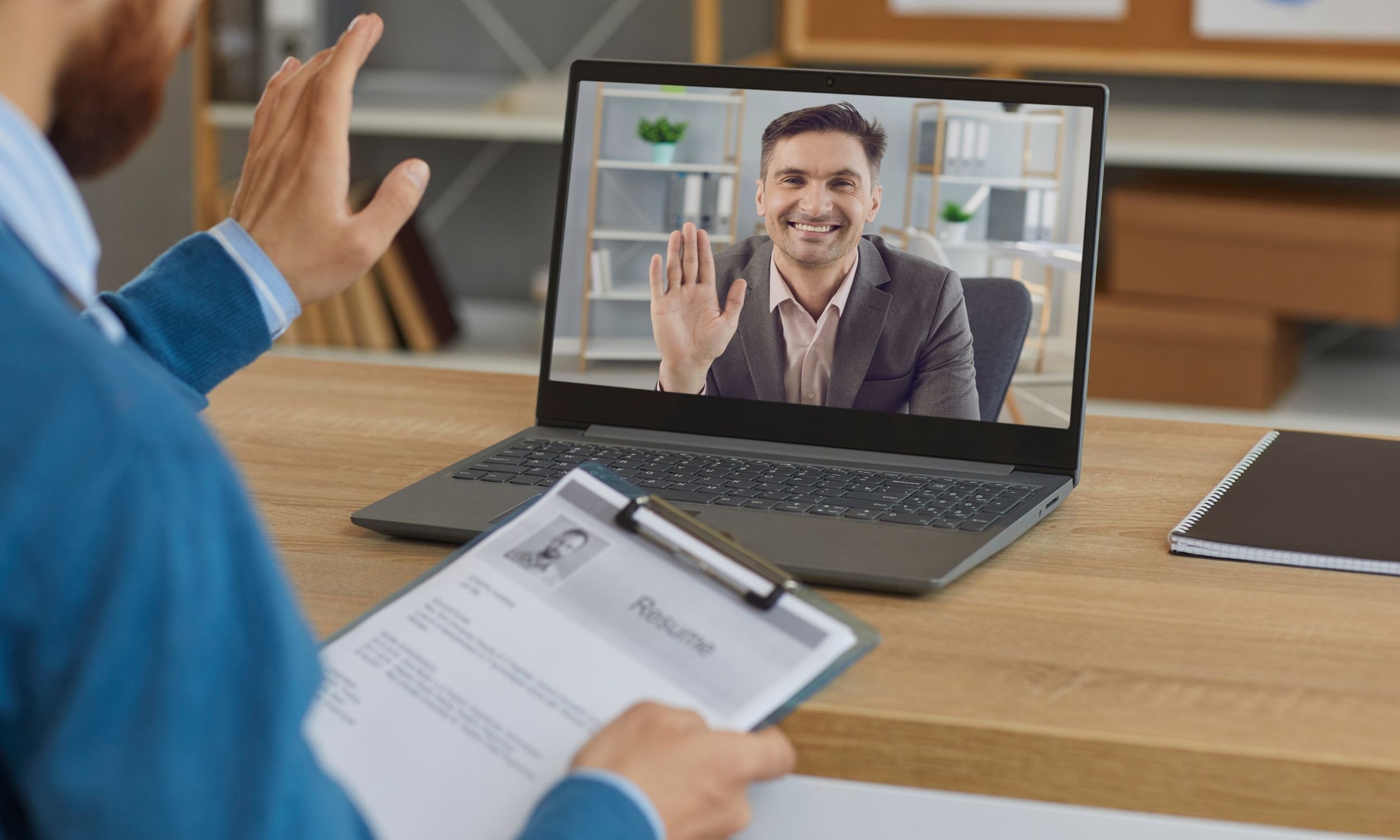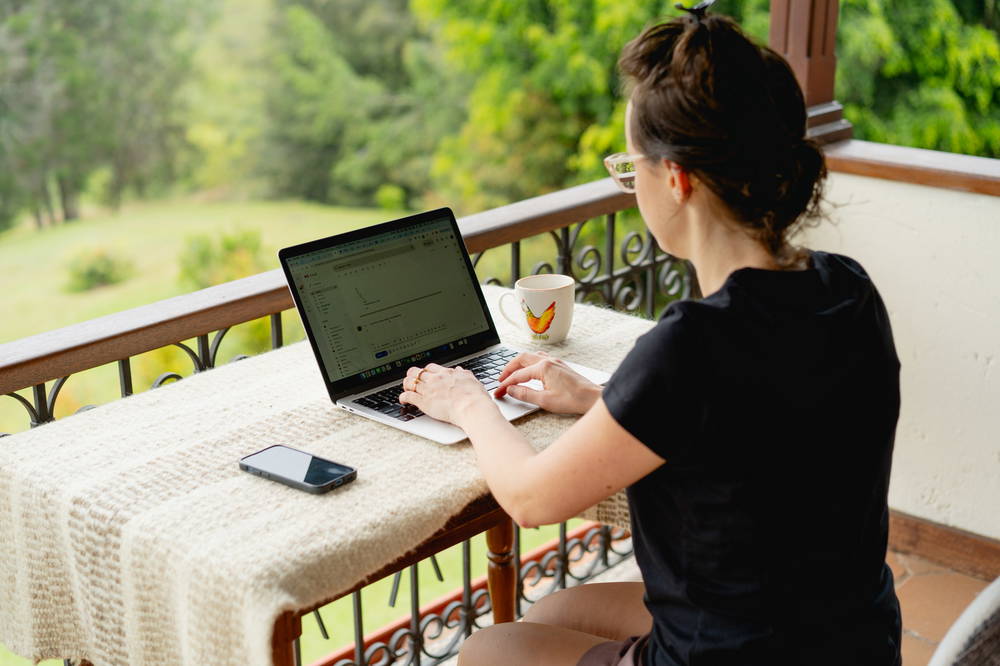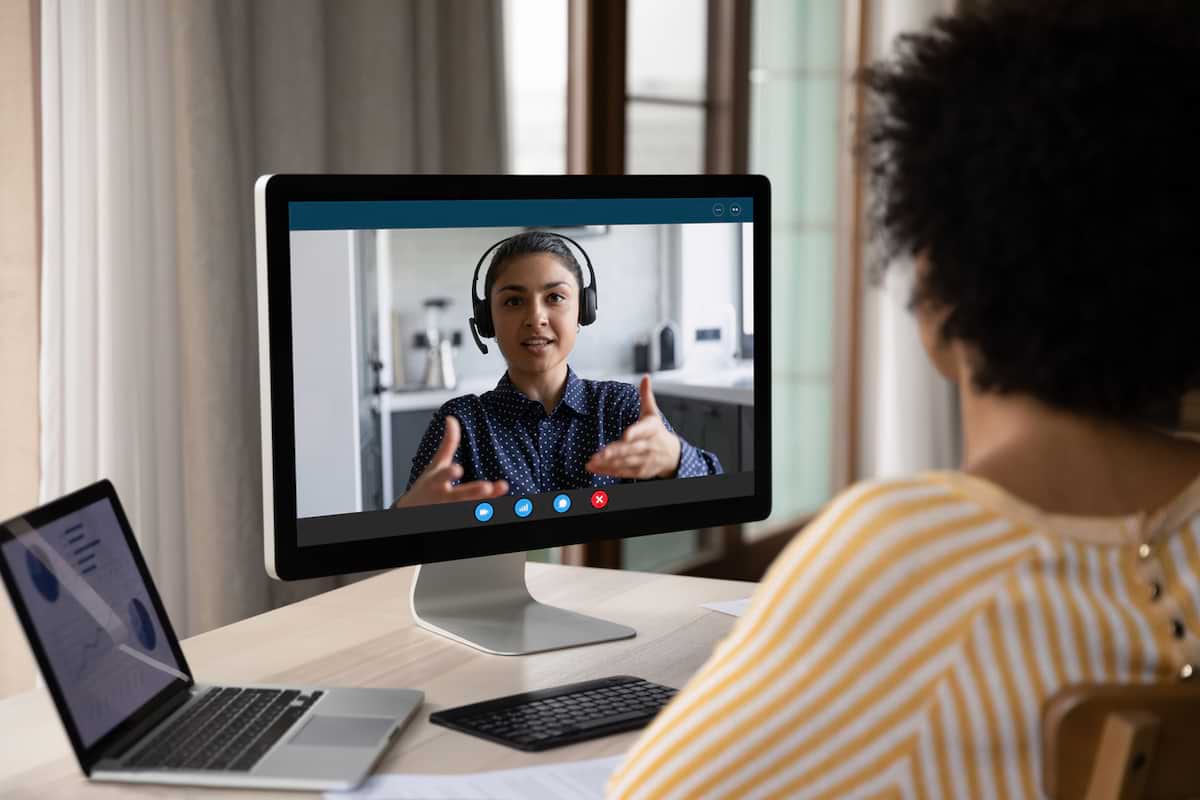Virtual interviews have become a standard part of the hiring process, and doing well in them can make a big difference in landing a job. Mastering the art of virtual interviews means learning how to prepare properly, communicate confidently, and present yourself professionally on screen. With more companies relying on remote hiring, knowing how to handle online interviews is no longer optional, it is a skill every job seeker needs.
In this detailed guide, you will learn everything you need to prepare for, perform in, and follow up after a virtual interview. These tips will help you present yourself confidently, handle tough questions, and leave a lasting impression that increases your chances of landing the job.
Prepare for the Interview the Right Way
Strong preparation gives you an advantage over other candidates. When you take the time to understand the company and the role, you can provide clearer, more focused answers and show the employer you are serious about the opportunity.
Research the Company Thoroughly

Learn about the company’s mission, services, and industry position. Check their website, social media pages, and any recent news articles. If you know the name of your interviewer, review their LinkedIn profile to understand their role and background. This preparation allows you to give answers that align with the company’s values and goals.
Understand the Role Requirements
Read the job description carefully and highlight the key skills and experience required. Make a list of examples from your past work that match these requirements. This helps you share clear, relevant stories when asked about your qualifications.
Prepare for Common and Behavioral Questions
Practice answers for typical interview questions such as:
- Tell me about yourself
- Why are you interested in this role?
- What are your strengths and weaknesses?
For behavioral questions like “Tell me about a time you solved a problem,” use the STAR method (Situation, Task, Action, Result). This structure keeps your answers focused and easy for the interviewer to follow.
Do a Practice Run
Conduct a mock interview with a friend or mentor. Practice speaking clearly, staying calm, and answering questions confidently. This helps reduce nervousness on the actual day.
READ: 10 Ways to Showcase Your Remote Work Ethic in Interviews
Set Up the Perfect Virtual Environment
Your interview environment affects how professional and prepared you appear. Employers notice your background, lighting, and how smoothly the call goes.
Choose a Quiet and Well-Lit Location
Select a room with no interruptions or background noise. Close windows to block street sounds and ask family members to give you privacy during the interview. Position yourself facing natural light or use a lamp to brighten your face evenly. Avoid sitting with a window behind you, as it creates shadows.
Check Your Internet and Equipment

Test your video platform (Zoom, Teams, or Google Meet) before the interview. Check your camera, microphone, and internet connection. If possible, connect your laptop to the router with a cable for a stable connection. Keep your device fully charged and have a backup charger ready.
Keep Your Background Professional
A simple, tidy background looks more professional than a cluttered space. If your background is messy, use a neutral wall or a virtual background that looks clean and office-like.
Have a Backup Plan
Technical issues can happen anytime. Share your phone number with the interviewer beforehand and keep a mobile hotspot ready in case your internet fails. This shows you are proactive and prepared for challenges.
Dress and Present Professionally
Even though you are at home, dress as if you are attending an in-person interview. Appearance builds confidence and shows respect for the opportunity.
- Choose the Right Outfit: Wear professional attire that fits the company’s culture. For corporate roles, a formal shirt or blouse works well. For creative roles, business casual may be acceptable, but always lean toward professional. Avoid overly bright colors or busy patterns that may look distracting on camera.
- Focus on Grooming and Posture: Make sure your hair is neat and your face looks fresh. Sit up straight with your shoulders relaxed. Good posture not only looks professional but also makes you feel more confident.
- Use Positive Body Language: Look at the camera when speaking to create eye contact with the interviewer. Smile naturally, nod occasionally to show engagement, and keep your hands visible but relaxed.
Communicate Clearly and Confidently
Strong communication skills help you stand out in virtual interviews. Because the interviewer cannot see you in person, the way you speak matters even more.

- Speak Clearly and Steadily: Use a moderate pace and clear pronunciation. Avoid speaking too quickly or too softly. Pause briefly before answering questions to gather your thoughts.
- Keep Answers Focused: Avoid long, unrelated stories. Stick to relevant points that show your skills and experience. Structured, concise answers leave a stronger impression.
- Show Enthusiasm and Energy: Employers want candidates who are genuinely excited about the role. Use positive words and express interest in the company’s work. A friendly tone helps you appear approachable and professional.
- Listen Actively: Do not interrupt. Listen carefully to each question, and if needed, repeat or confirm the question before answering to avoid confusion.
Ask Smart and Relevant Questions
Asking thoughtful questions shows you are serious about the job and interested in the company’s success. It also helps you learn whether the role fits your career goals.
You can ask about:
- The company’s culture and team dynamics
- Growth opportunities and training programs
- The main challenges of the role and how success is measured
- How the company supports work-life balance
These questions help you understand the role better while showing the interviewer that you think long-term.
Handle Difficult Questions Gracefully
Some questions may feel uncomfortable, such as explaining gaps in your resume or discussing salary expectations.
- Stay Calm and Professional: Take a moment before answering. Keep your tone neutral and focus on solutions rather than problems.
- Address Employment Gaps Honestly: Briefly explain the reason for any gap, such as further studies or personal commitments, then highlight how you stayed productive or updated your skills during that time.
- Discuss Salary Expectations Wisely: Research the average salary for the role in your location before the interview. If asked, you can say you are open to negotiation based on responsibilities and industry standards.
READ: Tips for Acing Your Next Job Interview
Follow Up After the Interview
Following up shows professionalism and leaves a positive impression on the interviewer.
- Send a Thank-You Email: Within 24 hours, email the interviewer to thank them for their time. Mention one or two key points you discussed and restate your interest in the role.
- Stay Professional Even if Rejected: If you do not get the job, thank the interviewer for considering you. This keeps the door open for future opportunities.
Practice for Continuous Improvement
Virtual interviews require skills you can improve over time.
- Record Practice Sessions: Use your phone or computer to record mock interviews. Watch the recordings to notice your body language, tone, and clarity.
- Seek Feedback: Ask mentors, friends, or career coaches to give you honest feedback on your performance.
- Stay Updated on Technology: Learn to use different video platforms confidently. Knowing the tools well prevents last-minute stress.
Mastering the art of virtual interviews requires preparation, professionalism, and continuous learning. By researching the company, setting up a professional environment, dressing appropriately, communicating clearly, asking smart questions, and following up afterward, you can make a strong impression on employers.
The more you practice, the more confident and effective you will become, increasing your chances of landing the job you want.


